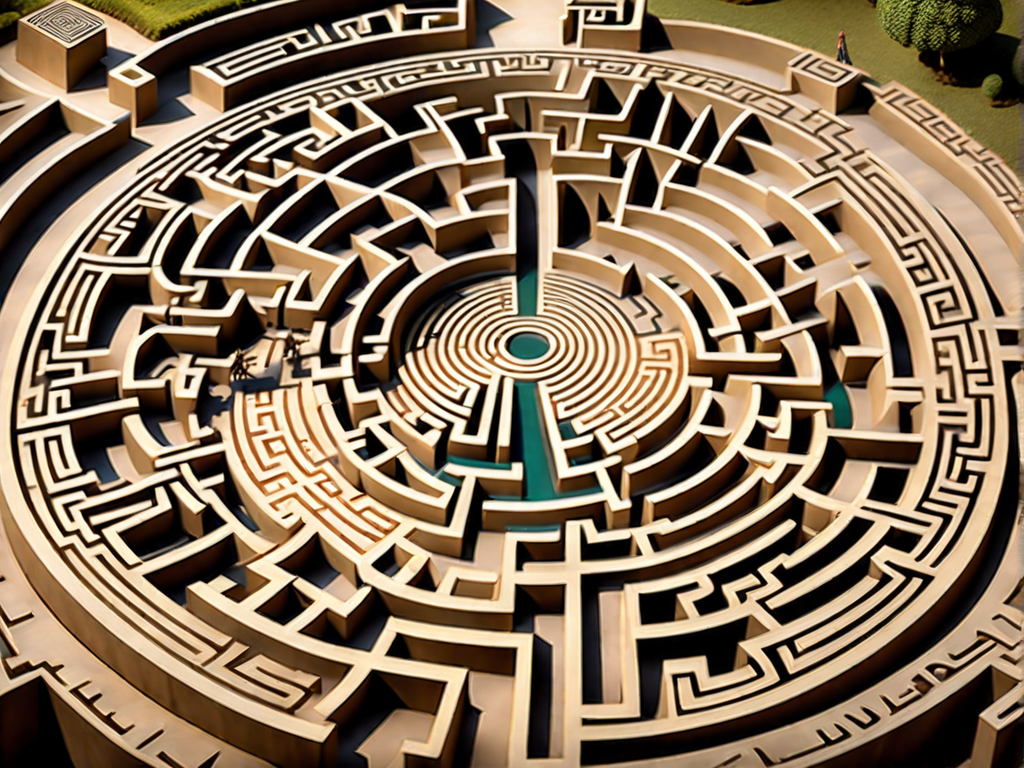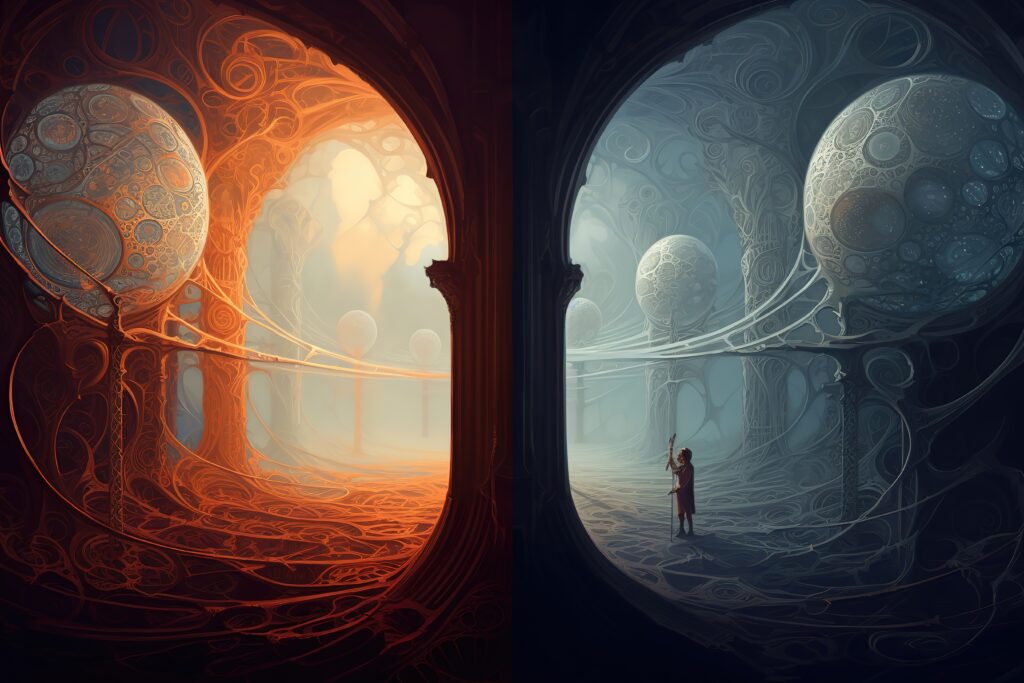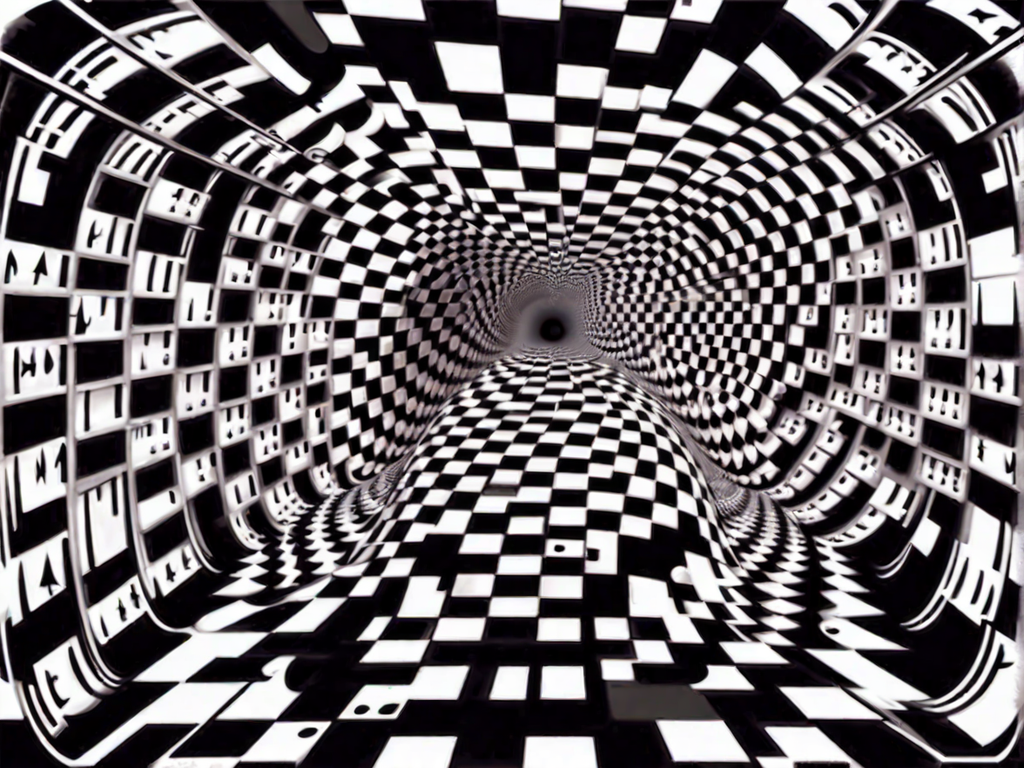Throughout the annals of history, labyrinths have held a mysterious allure, capturing the imagination of explorers, scholars, and dreamers. These intricate mazes are more than just physical structures; they are symbols of human ingenuity, myth, and the timeless quest for understanding. In this exploration, we will journey deep into the world of legendary labyrinths, uncovering their rich history, their enigmatic symbolism, and the enduring fascination they evoke.

Labyrinth Origins
The labyrinth’s origins trace back to ancient times, with the earliest known example found on the island of Crete in Greece. The mythic tale of the labyrinth revolves around the Minotaur, a fearsome creature born of King Minos’ wife and a sacred bull. This creature was said to reside within a labyrinth constructed by the legendary architect Daedalus. The labyrinth was designed to confound and trap anyone who entered, a grim symbol of power and mystery.
Ancient Symbolism
Labyrinths have been interpreted in myriad ways throughout history. In some ancient cultures, they were considered a symbol of protection, used to ward off malevolent spirits. In others, the labyrinth represented a journey of initiation or a sacred path to enlightenment. The act of traversing a labyrinth mirrored the cyclical nature of life and death, making it a powerful symbol of transformation and rebirth.
Medieval Labyrinths
During the Middle Ages, labyrinths took on religious significance. Labyrinthine patterns were often incorporated into the floors of cathedrals and churches. Pilgrims would walk these labyrinthine paths as a symbolic journey to Jerusalem, a substitute for the physically perilous pilgrimage. The labyrinth was a meditative tool, a way for the faithful to reflect on their spiritual path.
Labyrinth in Art and Literature
Labyrinths have left their indelible mark on the world of art and literature. Jorge Luis Borges’ short story “The Garden of Forking Paths” explores the idea of an infinite labyrinth, branching into countless possibilities. Artist M.C. Escher’s lithograph “Relativity” captivated viewers with its impossible staircases and interlocking passageways. These depictions of labyrinthine worlds continue to intrigue and perplex audiences.
The Chartres Labyrinth
One of the most famous labyrinth patterns exists in the Chartres Cathedral in France. The Chartres Labyrinth is a grand example of a medieval labyrinth, intricately designed into the cathedral’s floor. It has 11 concentric rings and 28 lunations, creating a total of 112 paths. Pilgrims and visitors continue to walk this labyrinth, reflecting on their spiritual journeys, even in modern times.
Modern Labyrinths
Labyrinths are not confined to the past. Modern interpretations have given rise to labyrinths as tools for meditation, relaxation, and self-discovery. You can find labyrinths in public parks, healthcare facilities, and spiritual retreats. Walking these modern labyrinths allows individuals to slow down, find inner peace, and embark on a personal journey of reflection and introspection.
Labyrinths in Popular Culture
Labyrinths have left their imprint on popular culture as well. Jim Henson’s film “Labyrinth” introduced audiences to a fantastical world of magic and mystery. The iconic Goblin King, portrayed by David Bowie, remains an enduring character in the hearts of fans. The film’s labyrinthine adventures have a timeless appeal.
The Enduring Appeal
What is it about labyrinths that continues to captivate our collective imagination? Perhaps it’s the challenge of navigating their intricate paths, the symbolism of life’s journey, or the potent connection to myth and spirituality. Labyrinths represent both a physical and metaphorical maze, inviting us to embark on a quest for meaning, understanding, and self-discovery.
Exploring the Labyrinth of Life
As we conclude our journey through legendary labyrinths, we invite you to share your thoughts and reflections. Have you ever walked a labyrinth, and if so, what was your experience? How do you perceive the enduring fascination with these enigmatic constructs, and what do they symbolize to you in the labyrinth of life? Let’s engage in a discussion that celebrates the timeless allure of labyrinths and invites us to explore their mysteries, both ancient and modern, as a reflection of our own complex journeys.

































